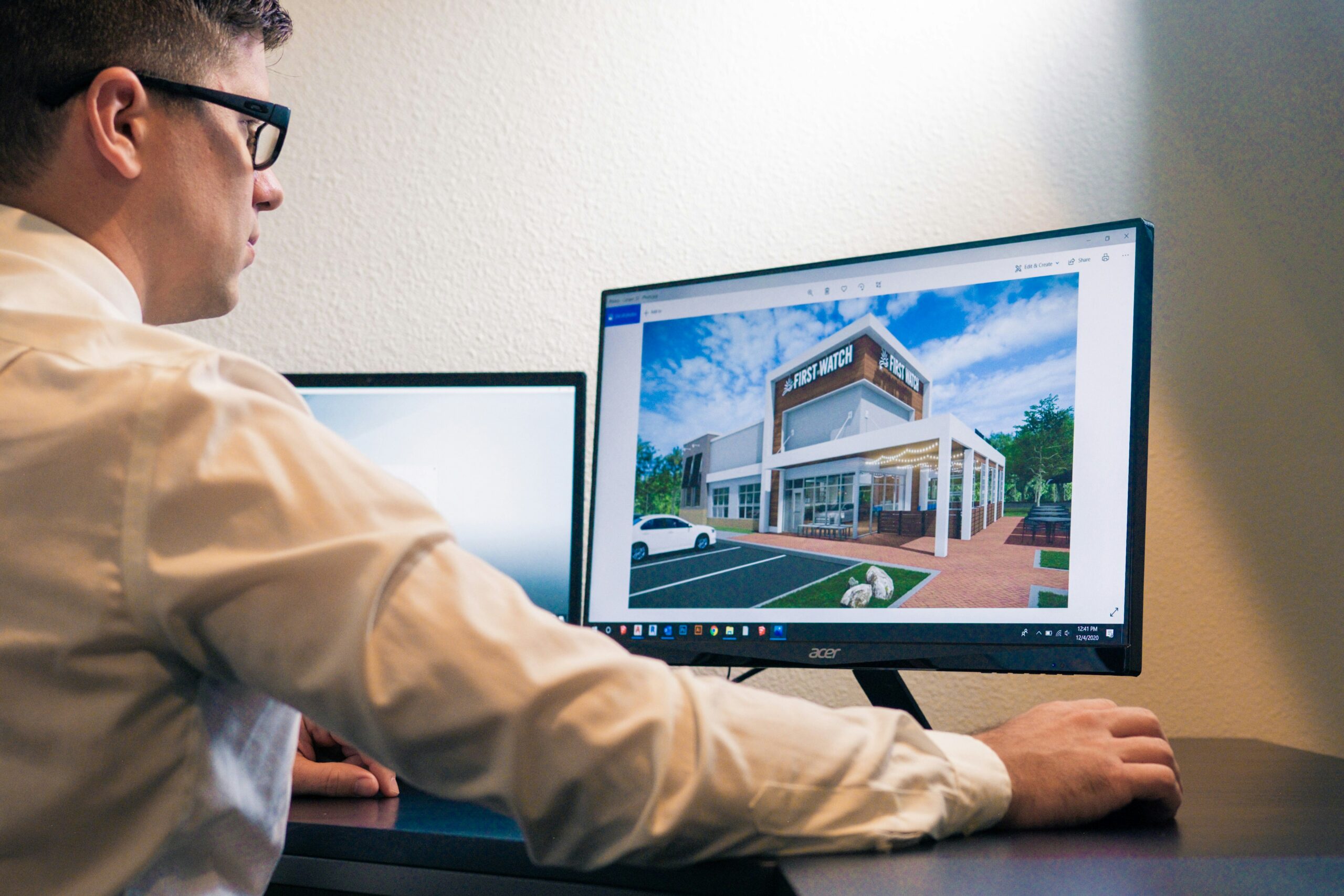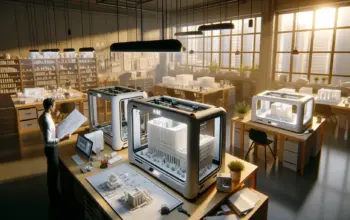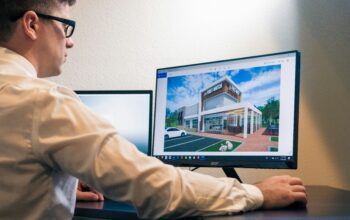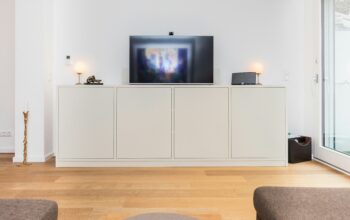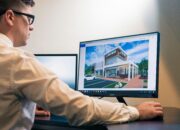Uzone.id – Technology has greatly impacted on the architecture sector in that it has expanded the market greatly. There are several tools and software that architects can use today that would enhance the productivity, innovation and beauty of the architectural designs. Here are 6 technology tips that can help today’s architects in designing a building:Here are 6 technology tips that can help today’s architects in designing a building:
1. Mastering Machine Learning
This is beneficial to architects in the following ways: the identification of design trends through the use of machine learning algorithms on existing building data, performance forecasting of buildings and structures. Big data from different sources, which include climate data, energy used and the users can be analyzed using machine learning algorithms to come up with better and sustainable designs.
2. Leverage Artificial Intelligence
Concerning applied utilization, artificial intelligence (AI) can be applied to generate documentation and or calculate structures among other things. Moreover, AI can also be used in the generative design process in which a computer develops several designs depending on the preferred specifications provided by the architect. This means that architects can then select for the particular design that will meet the required complexity in the particular project.
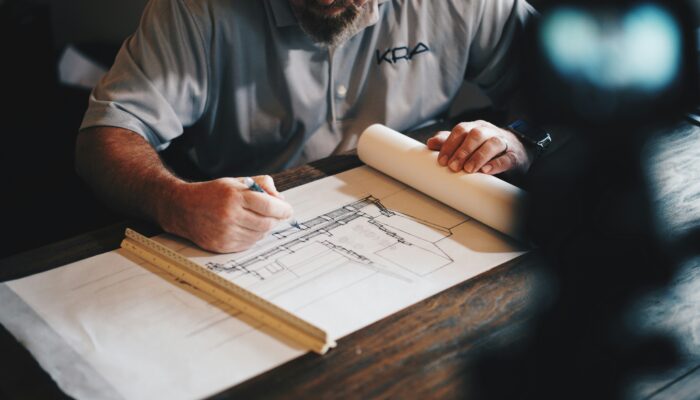
3. Embrace The Use Of Building Information Modeling (BIM)
BIM refers to a process through which a construct is made from a three dimensional model. A BIM model consists of data of each part of the building, including size, material and position of the part in relation to others. The application of BIM technology in architectural practice helps the architect to combine with other design teams, and predict, organize and plan the work of projects systematically.
4. Try integrating Virtual Reality (VR) as well as Augmented Reality (AR)
Virtual reality and augmented reality enable an architect to view his or her design in most probable 3D fashions. As a client, for instance, they can be taken through a building that is being developed through virtual reality, by the use of a VR headset this will help them give better feedback since they get to interact with a physical building rather than a drawing on paper. AR on the other hand may be employed to place the 3D models on the real environment, thereby enabling the architects to visualize how structures will look like on the site.
5. Drone for Site Surveys
Images of the project site can also be taken through the use of this device and this can be done in a short time. The imagery obtained from the drones is then used in the Geographic Information System (GIS) to produce a 3D map of the site and then incorporated into the BIM model. The same also applies to construction where drones can be employed in inspecting the construction site and look for any faults.
6. Keep Learning and Adapting
Technology changes are very dynamic and frequent; therefore, the architect has to be learning all the time. For effective searching of information and knowledge, attend workshops, seminars, and conferences about the specific field particularly the growing technologies in the architectural industry. Find architect colleagues online as well as online forums where one can discuss cases of applying technologies.
To sum it up, technology can be considered as a critical ally of today’s architects. When technology is used appropriately, architects are in a position to design better solutions than they used to back then. But again we need to bear in mind that technology is one of the tools. It is simply evident that creativity and expertise of the architect are the key factors that contribute to the production of a fine building.

